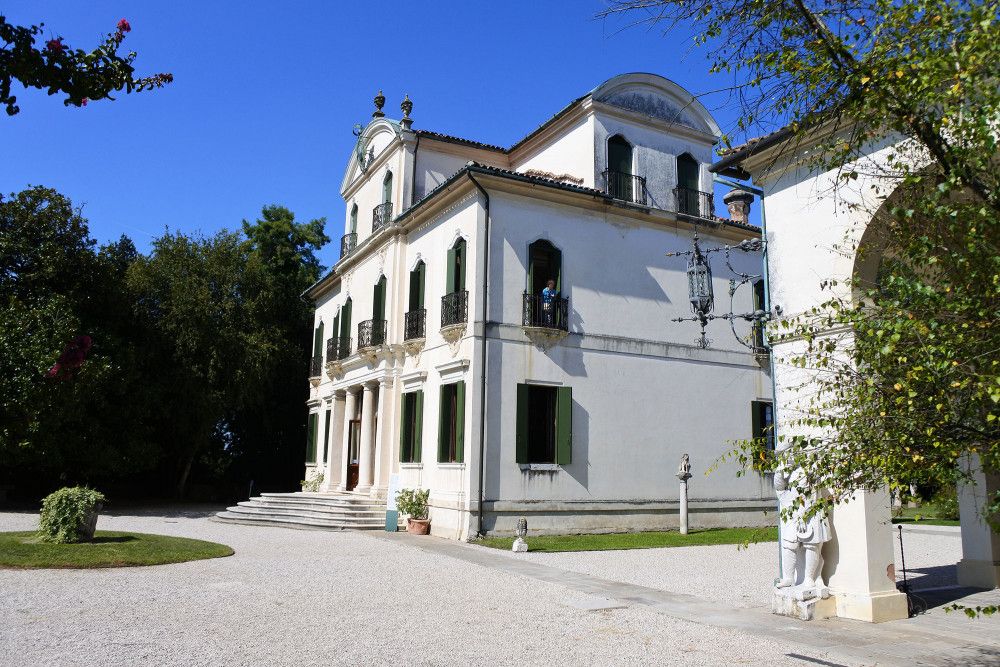
Villa Widmann
Rezzonico Foscari
Last news
News
A Cultural Gift for Someone Special
Eventi
Christmas at Villa Widmann
News
Discover Villa Widmann through play!

Il complesso monumentale di Villa Widmann dall'alto

La Casa dominicale - Ingresso fronte strada

La Barchessa al tramonto, d'autunno
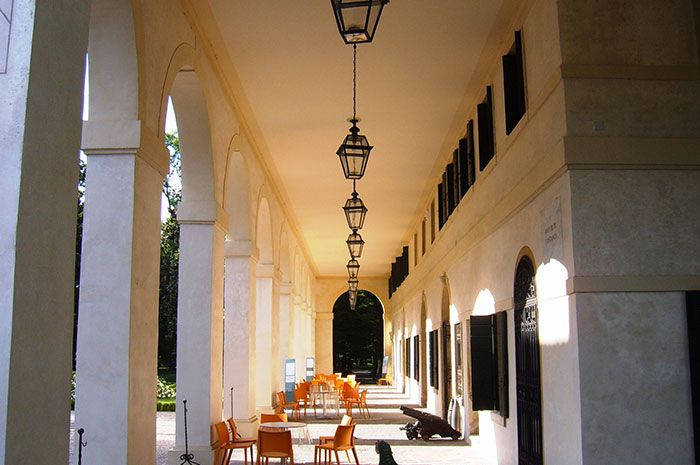
Il Porticato della Barchessa
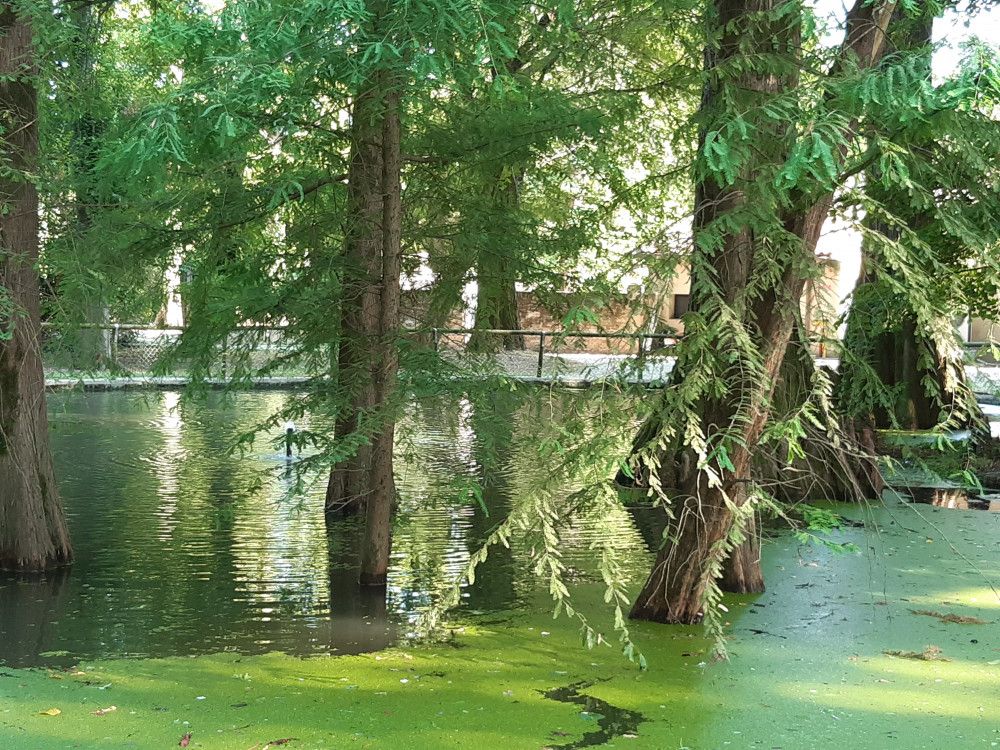
Il Laghetto romantico

La Terrazza e le Serre
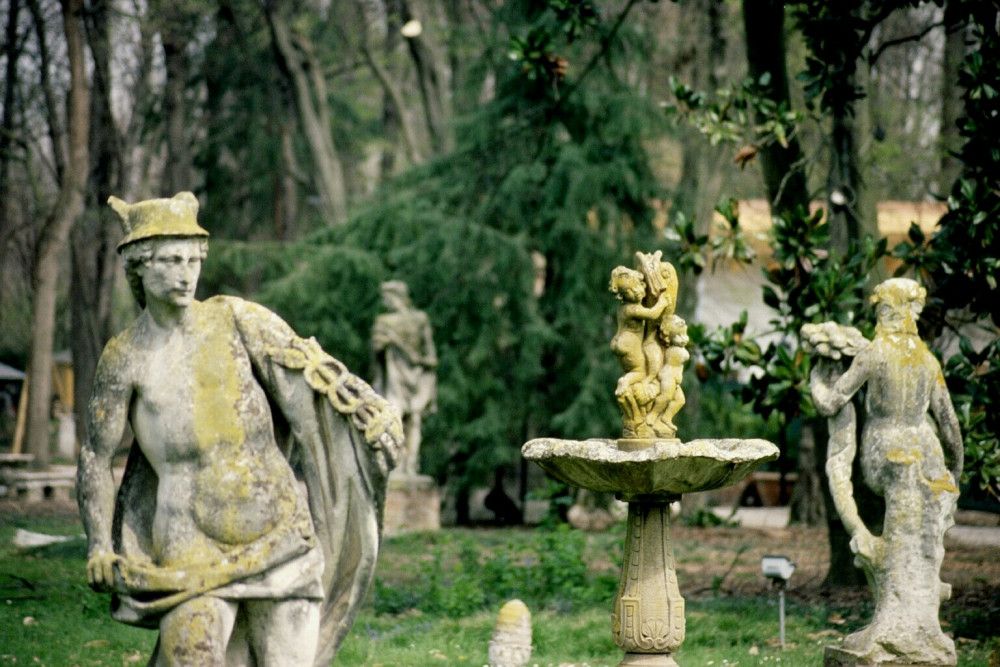
Il Giardino storico - scorcio

Il Laghetto nei colori dell'autunno
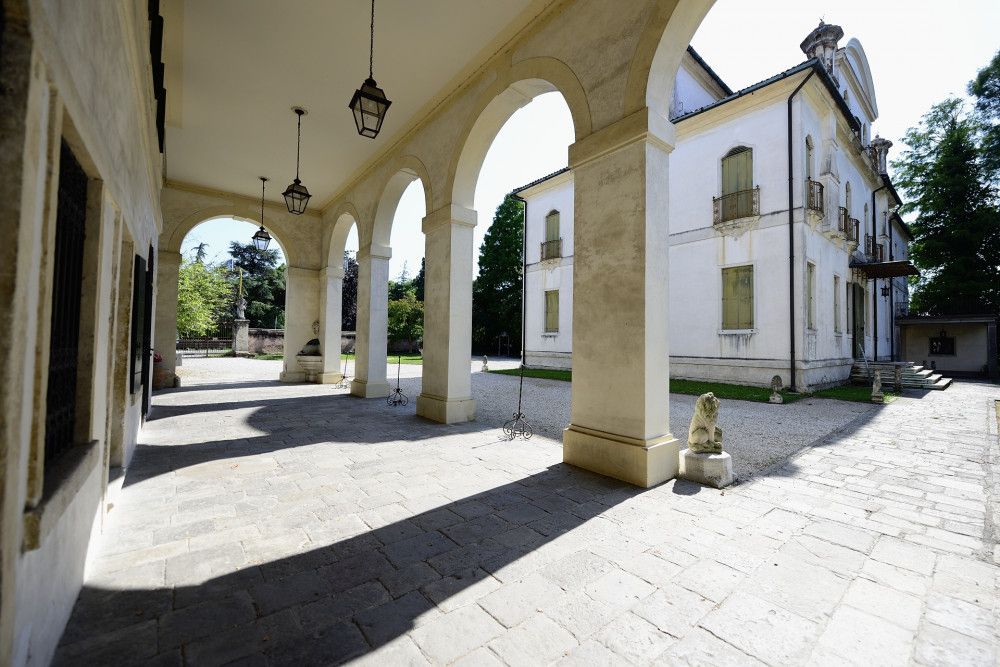
Il Porticato della Barchessa
Villa Widmann
An 18th century architectural jewel, built by the Venetian nobility to spend their summer months, the Villa stands in the countryside of the Brenta Riviera, halfway between Venice and Padua.
The property consists of the Villa itself (open for guided tours), the historic garden and monumental park, the arcade and the greenhouses, offering multi -functional spaces for congresses and corporate and private events, a venue of undisputed prestige combining historic value with modern technology.
As 18th-century travellers taking the traditional Tour d’Italie sailed up the Brenta River from Venice to Padua, they could admire Villa Widmann Rezzonico Foscari, one of the jewels of late Venetian baroque architecture nestled in a curve in the river.
Built in the early 18th century for the Serimann, Venetian noble family, of Persian origin, the Villa was given its current form in the middle of the same century, when the Widmann family purchased it and modernised it, adapting it to French Rococo taste. In this way, the main building became a welcoming home suitable for parties and receptions.
Two artists very popular with Venetians decorated the main salon in 1765, Giuseppe Angeli (1712-1798), a follower of Giambattista Piazzetta, and Gerolamo Mengozzi Colonna, Tiepolo’s favourite associate. However, it is not certain who painted the frescoes, though some historians attribute them to Francesco Zanchi.
In 1883, the Villa was auctioned off and purchased by Francesco Somazzi. After changing hands several times, it returned to the Widmann family. The last remaining member of the family, Elisabetta gave it to her son Ludovico in 1946, who sold it to the Costanzo family in 1970. The property is currently owned by the Metropolitan City of Venice, previously the Province of Venezia.
Among the architectural jewels built by Venetian nobility as their summer homes that have made this area famous, Villa Widmann Rezzonico Foscari is a splendid example of a French Rococo Villa. It has a strategic location, at around the halfway point between Venice and Padua.
The complex includes the villa itself, which is open to tourists, for photographic shoots, exhibitions and exhibits, the barchessa and the greenhouses providing multi-functional areas for business and leisure activities, the oratory, the historic garden and the monumental park.
The villa was recently restored by its owner, the Metropolitan City of Venice. The entire complex can now be used, skilfully balancing historic value and modern technology.
The lush park extends to the north of the villa. Linden, cypress and horse chestnut trees form a green backdrop to soft-stone statues – gods, nymphs and cupids – silent protagonists of the Arcadian world. On the right, behind the Barchessa, is a large open space alongside the greenhouses and a romantic pond with numerous cypress trees, created in the late 19th century. Nearby is a stone gazebo with a wrought iron roof, surrounded by horse chestnut trees, which have witnessed romantic encounters for centuries.
On the right-hand side of the property, at the end of the Barchessa’s portico is the oratory with adjoining spaces for mass. Above the marble alter is a small alter-piece showing the Madonna of the Scapular, the Christ Child and the Saints. At the bottom of the canvas, on a gilded wooden plaque is the date A.D. MDCCCIIC, commemorating its 19th-century restoration. Elisabetta (1792-1859) and Arianna (1794-1875) Widmann, who so loved living in this villa, are buried in the chapel.

Il complesso monumentale di Villa Widmann dall'alto

La Casa dominicale - Ingresso fronte strada

La Barchessa al tramonto, d'autunno

Il Porticato della Barchessa

Il Laghetto romantico

La Terrazza e le Serre

Il Giardino storico - scorcio

Il Laghetto nei colori dell'autunno







